Contact Sheets
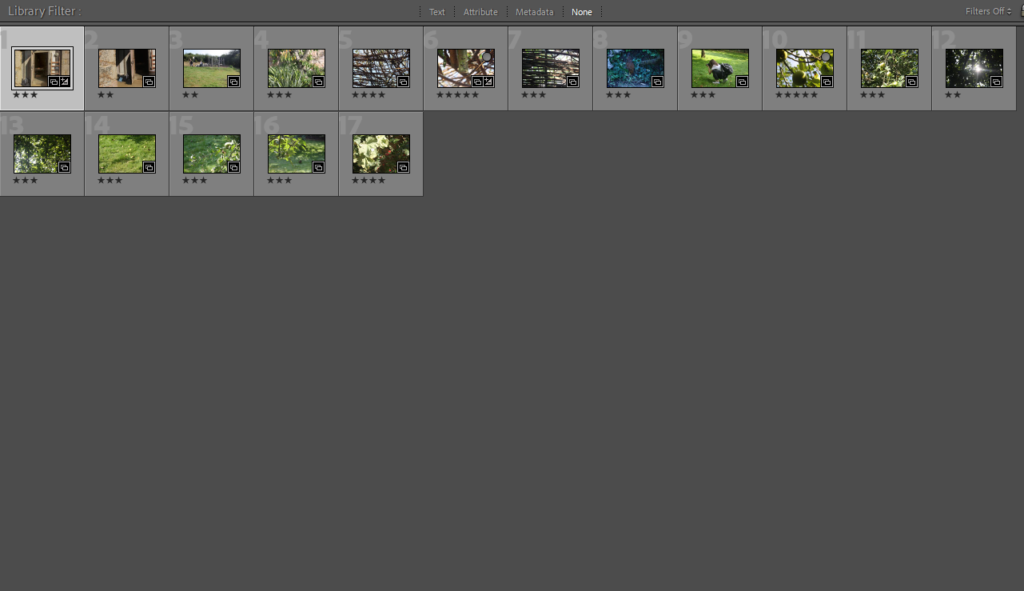
Edited photos




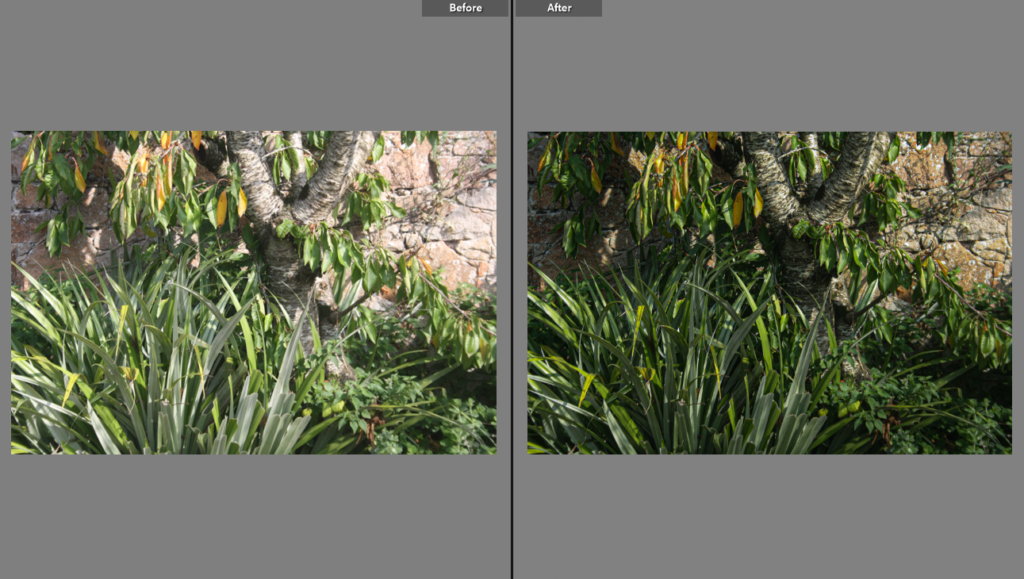

Contact Sheets

Edited photos






Using Adobe Lightroom Classic, I uploaded my pictures into a folder named Hamptonne. From this I went through my images, selecting images I did / didn’t like. I used the keys P and X to select or ignore certain images.
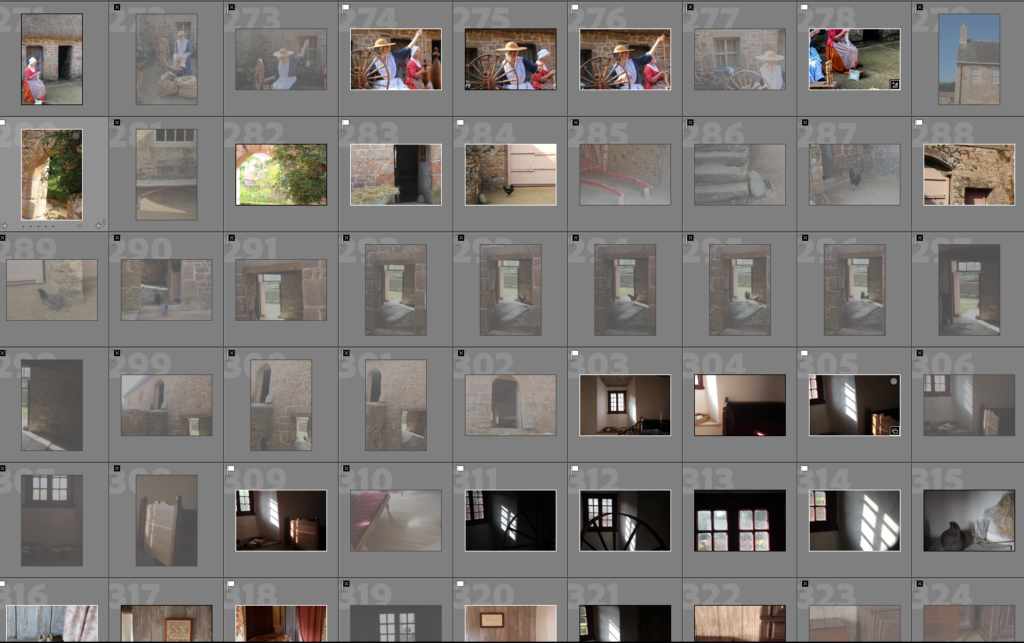



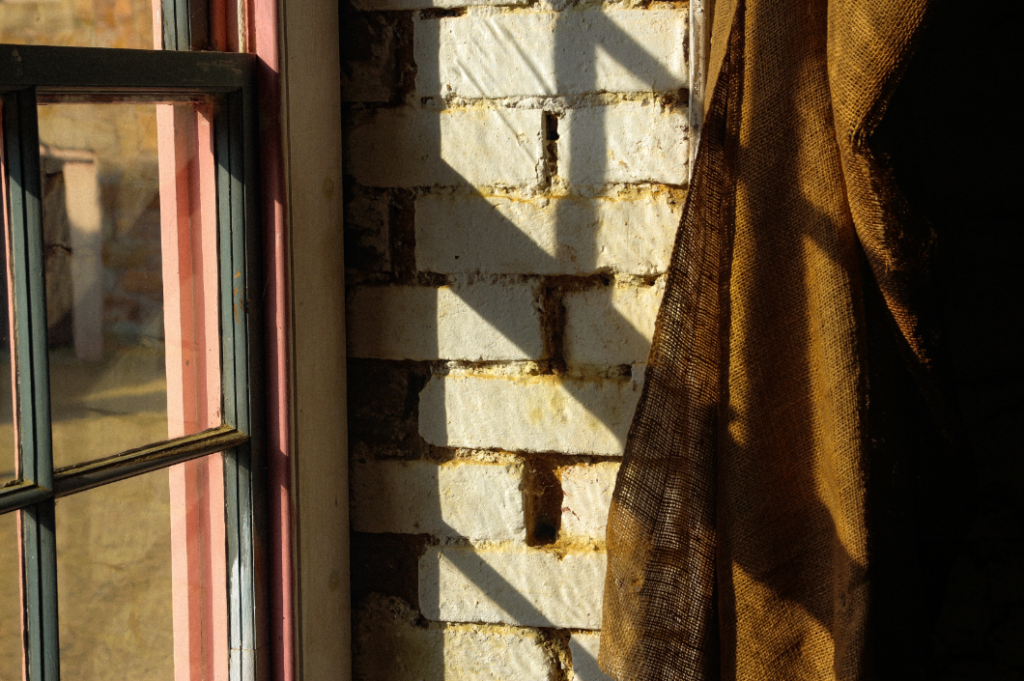
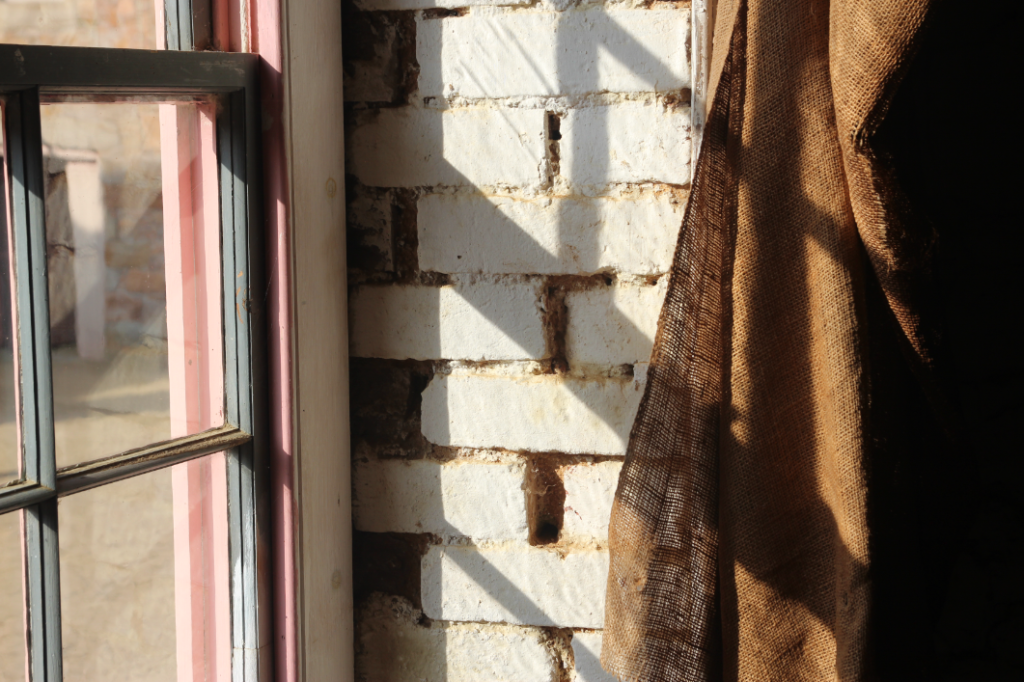

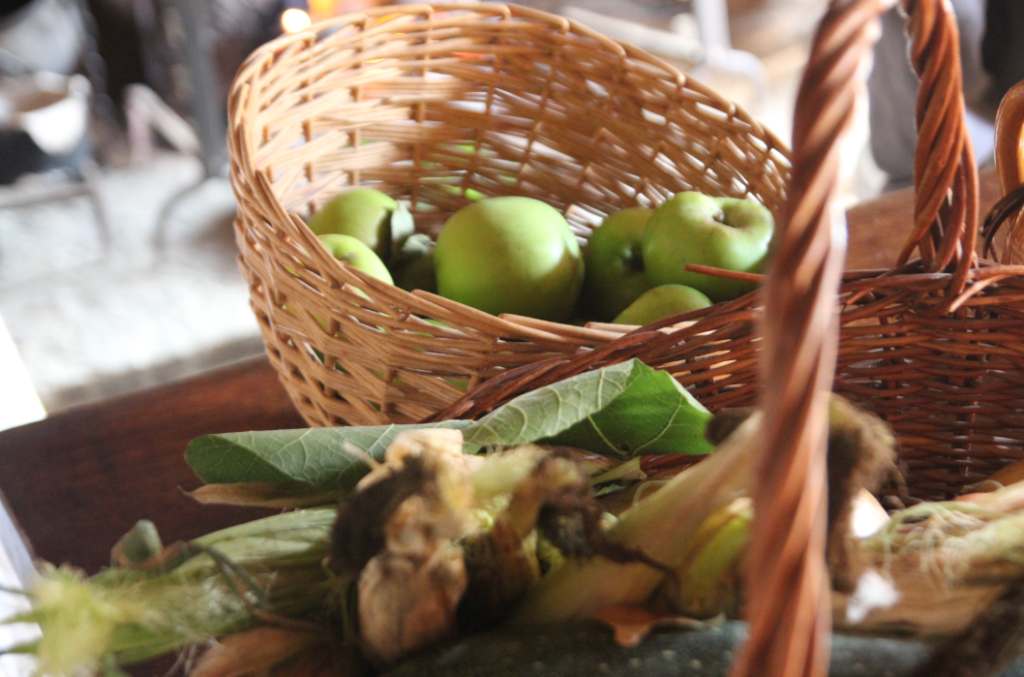
The Jersey Corn Riots are now a public holiday in order to celebrate our modern-day democracy that began due to the corn riots back in 1769. At the time, workers in Jersey mainly grew wheat and corn, often using wheat to make bread and sometimes using it as currency, some of which would get exported off island. However, the more that the crops were exported, the less food their would be for the islanders which also caused the prices of the crops to increase. This caused the poor to struggle as they could no longer afford to eat.

Angered by this, 500 islanders made the decision to storm the Royal Court on 28th September 1769 with 13 demands in order to alleviate their struggles. These demands included:
No-one died throughout the riot although many went armed with clubs and sticks and an usher was thrown over the court railing at some point during the riot.
Overall, the riot was successful and led to Code 1771 where the Royal Court had their legislative powers removed meaning only the States assembly could create laws from 1771 onwards which helped Jersey get on the road to a fairer society.


The People! Power! Protest! is an exhibition at the Jersey museum that explores how the right to protest has shaped and influenced the island that we know today. It includes events from the Corn Riots in 1769 up to the Black Lives Matter movement in 2020.
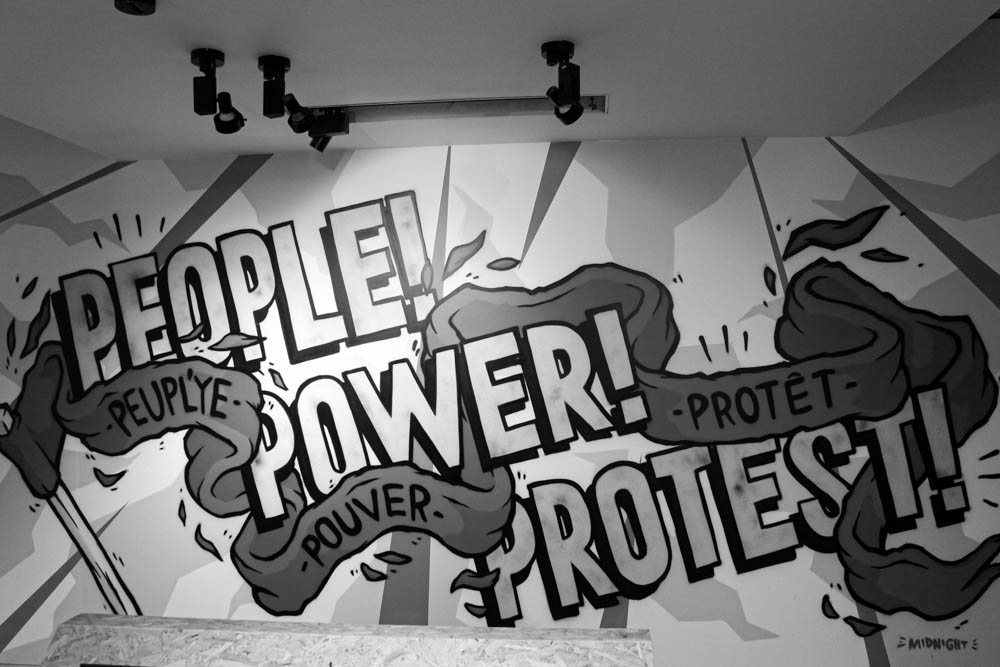
People during this time mainly grew corn and wheat, usually making bread and using it as currency. In 1969 there was a lack of corn and its export was banned due to the poor harvest. This meant that the food prices went up and the only people that could afford it were the rich, which left the poorer people to starve.
People were frustrated with the food shortages, rising prices, the unfair taxation system and Jersey’s power structure, so around 500 hundred islanders stormed the Royal Court with 13 demands to alleviate their struggles on September 28th 1769. Demands:
• That grain and wheat were too expensive and that the price of wheat is lowered and set at 20 sols per cabot.
• That foreigners to be ejected from the Island./
• That his Majesty’s tithes be reduced to 20 sols per vergée.
• That the value of the liard coin be set to 4 per sol.
• That there should be a limit on the sales tax.
• That seigneurs stop enjoying the practice of champart, (the right to every twelfth sheaf of corn or bundle of flax).
• That seigneurs stop the right of ‘Jouir des Successions’, (the right to enjoy anyone’s estate for a year and a day after they died without heirs).
• That branchage fines could no longer be imposed.
• That Rectors could no longer charge tithes except on apples.
• The lowering of a money rente due by tenants on a fief.
• That Philippe Larbalestier, who had been sent to prison on 23 September, be released without having to pay a fine.
• That the charges against Captain Nicholas Fiott be dropped and that he be allowed to return to the Island without an inquiry.
• That the Customs’ House officers be ejected.
No one lost their life although many came armed with sticks and clubs, and an usher was thrown over the court railing during the disturbance.
Overall, the riot was successful and led to the Code of 1771 which meant that the Royal Court was stripped of its legislative powers, meaning that from 1771, only the States Assembly could create laws.

Context-Black Lives Matter
Black Lives Matter is a decentralized political and social movement protesting against incidents of police brutality and all racially motivated violence against black people.
On the 25th of May 2020, George Floyd (46-year-old African-American male) was killed by Derek Chauvin (white police officer) after being pinned down by the officer’s knee. Bystanders filmed the event and you could hear Floyd repeatedly say “I can’t breathe” and the police officer starting to put more pressure until Floyd passed away.
This inspired a lot of people to protest and speak up about human rights and police brutality. There were over 150 protests across 21 states of America. Some were meant to be peaceful however, the military and police got involved by being violent and harming people using tear gas and firing rubber bullets into crowds.

This inspired the citizens of jersey to speak up and protest. A large number of people gathered together and kneeled down at People’s Park in memory of George Floyd.


You have a deadline for the end of this week to ensure that all your work is completed. Please use some of the lessons, your study periods and own time to review and reflect on your work and focus on refining and improving it.
Below is an outline of what each of your blog posts should contain. Use it as a checklist.
Hamptonne Portraits
Hamptonne Objects
Hamptonne Interiors/Exteriors
Jersey Museum – Corn Riots
Environmental Portraits
Heritage Objects / Studio
Experimentation – Photomontage & Digital Manipulation
Contact Sheets
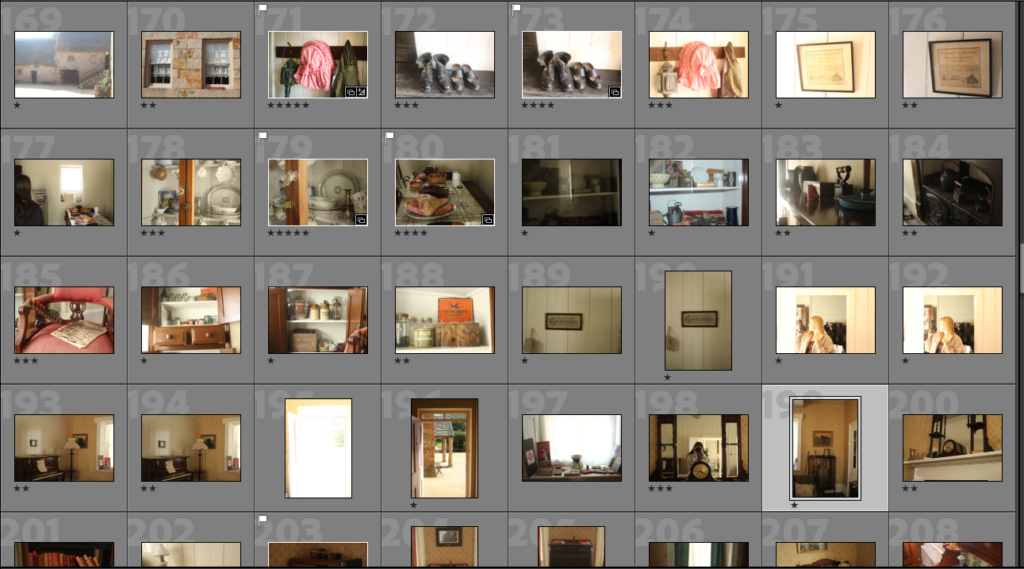
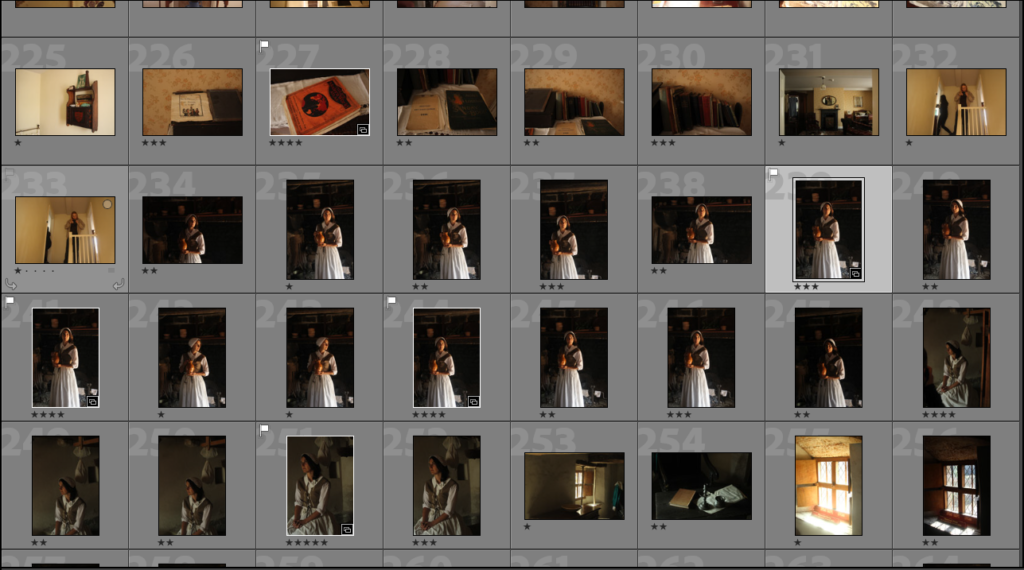
Edits
One of the good things about Lightroom is that while editing the photos you cab split the screen to show a before and after which allows you to see how your editing has developed the picture and might help you improve to more.
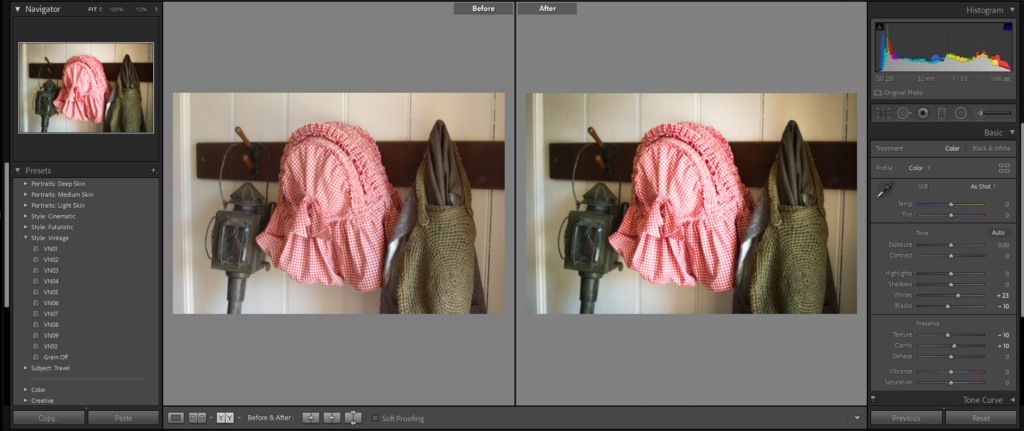
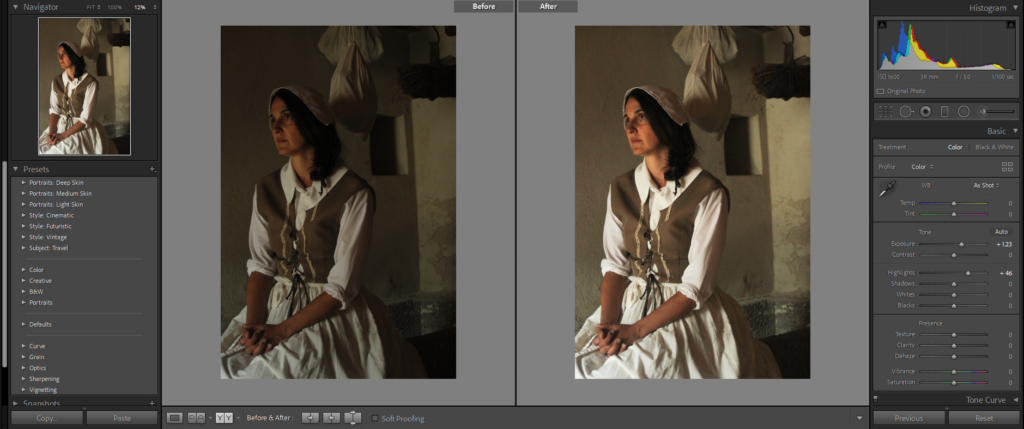
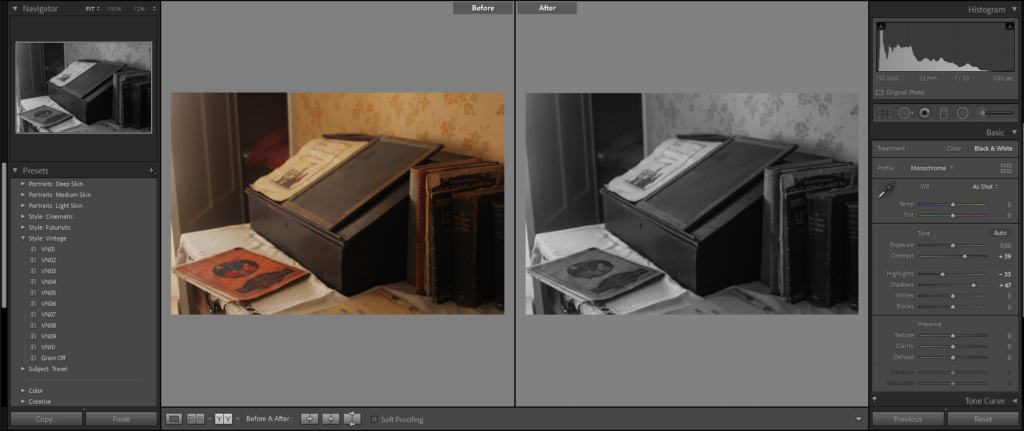
https://www.jerseyheritage.org/explore/find-a-place-to-visit/jersey-museum-art-gallery/
we visited jersey museum and art gallery to explore the “people power protest” exhibition. the exhibition gave us information about the jersey corn riots of 1769, as well as information on the Black Lives Matter movement, LGBTQ and Woman’s Rights.



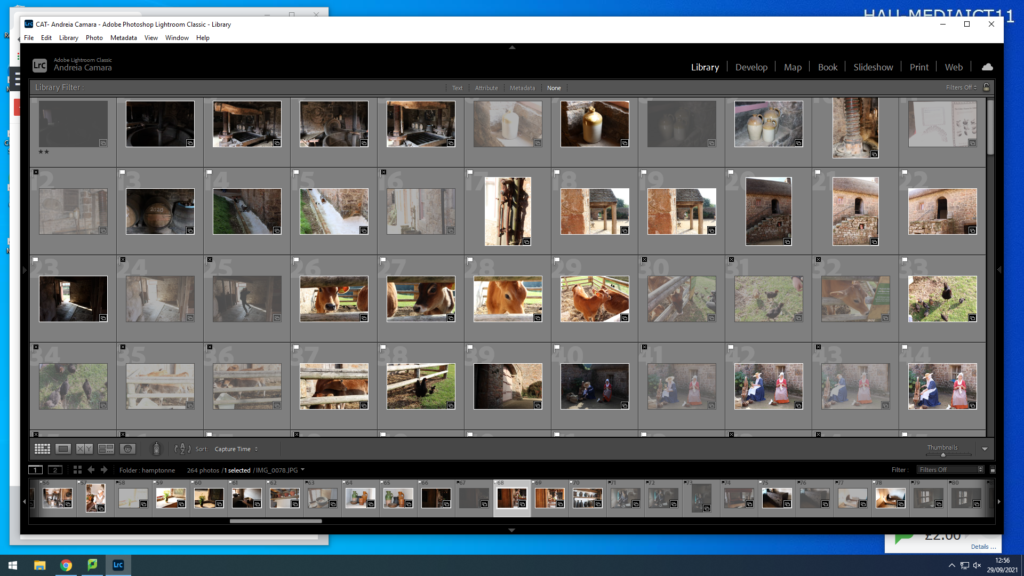
EDITING: in the first round of editing I selected images using p (pick) and x (reject) . After that I filtered my images by selecting the white flag.

then I went through the images that I had selected using P(pick) and rated them using a staring system. This allows for me to pick the best images.

then I went into develop mode to edit the photos with a star rating of 4 and above.

after entering develop mode I adjusted the white balance as the first step of my editing.

then I adjust the exposure and the contrast until I am happy with the final image.

A cyanotype is a photographic printing process which produces a cyan/blue print. Engineers used this process in the 20th century to create blueprints. This process involves using two chemicals ferric ammonium citrate and potassium ferricyanide. This process what discovered by a British scientist Sir John Hershel in 1842.

Was a British botanist and photographer Anna was the first person to publish a book with photographic images her 19th century cyanotypes used light exposure to create detailed images of botanical specimens.
Annas use of cyanotypes helped to merge photography and science and showed that photography has a potential in books.
1849 Anna published her book ‘Photographs Of British Algae: cyanotype impressions’ which only had a limited amount of copies.
Here is the cyanotype I created on our visit to the Hamptonne using flowers and leaves that I had collected. I placed them on top of the paper and left it in the sun to process then I placed it in water for 2-3 minutes to stop it from developing more and set it out to dry.